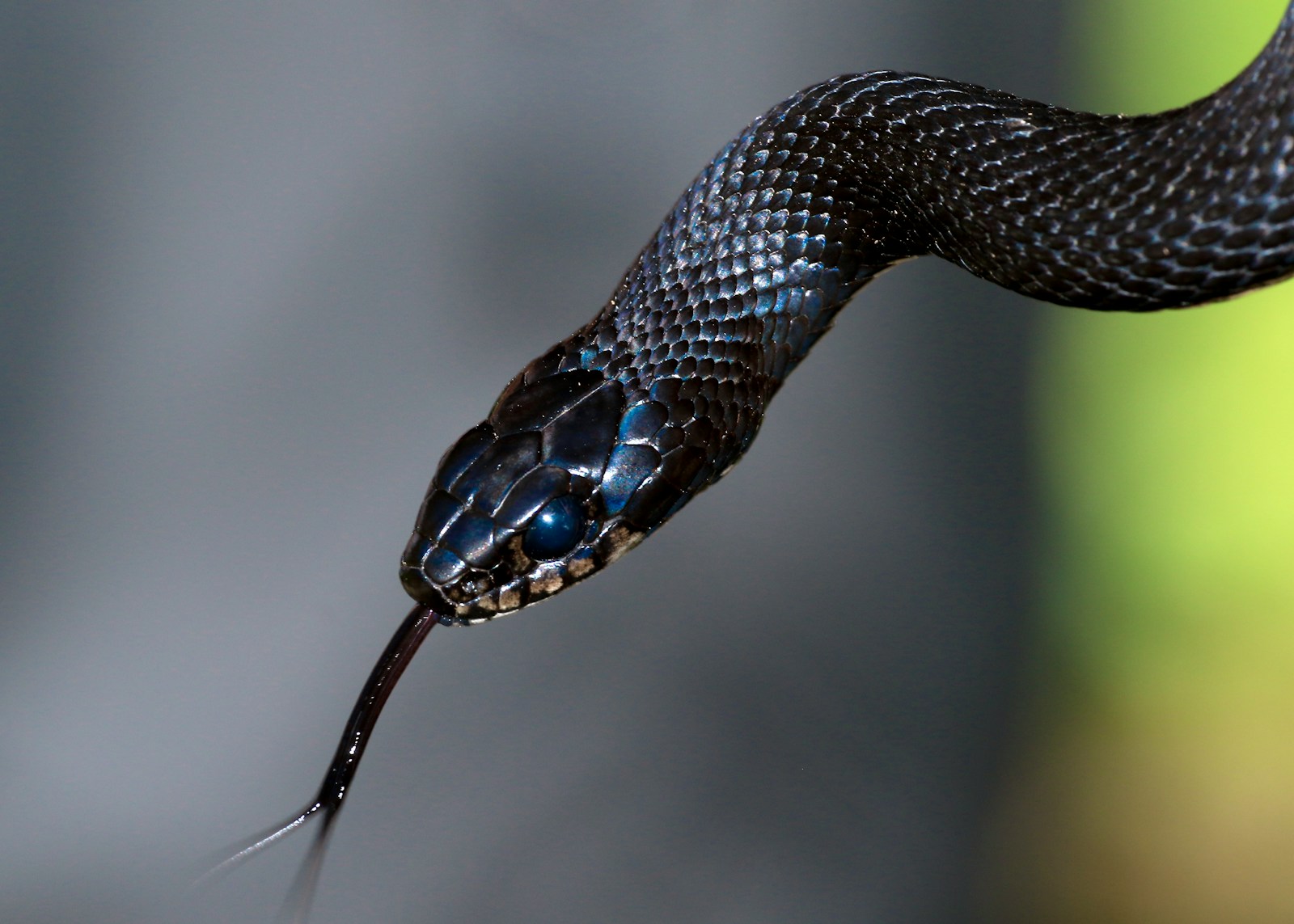Imagine settling into your campsite after a day of hiking, only to encounter an unexpected visitor slithering through your belongings. While snake encounters during camping trips are relatively uncommon, understanding what might attract these reptiles to your temporary outdoor home can help ensure a more relaxing wilderness experience. Snakes generally don’t seek out human interaction, but certain conditions and practices at campsites can inadvertently create an inviting environment for them. This article explores the various factors that might attract snakes to your campsite and provides practical strategies to minimize these attractions, helping you enjoy your outdoor adventure with peace of mind.
Understanding Snake Behavior in Wilderness Areas
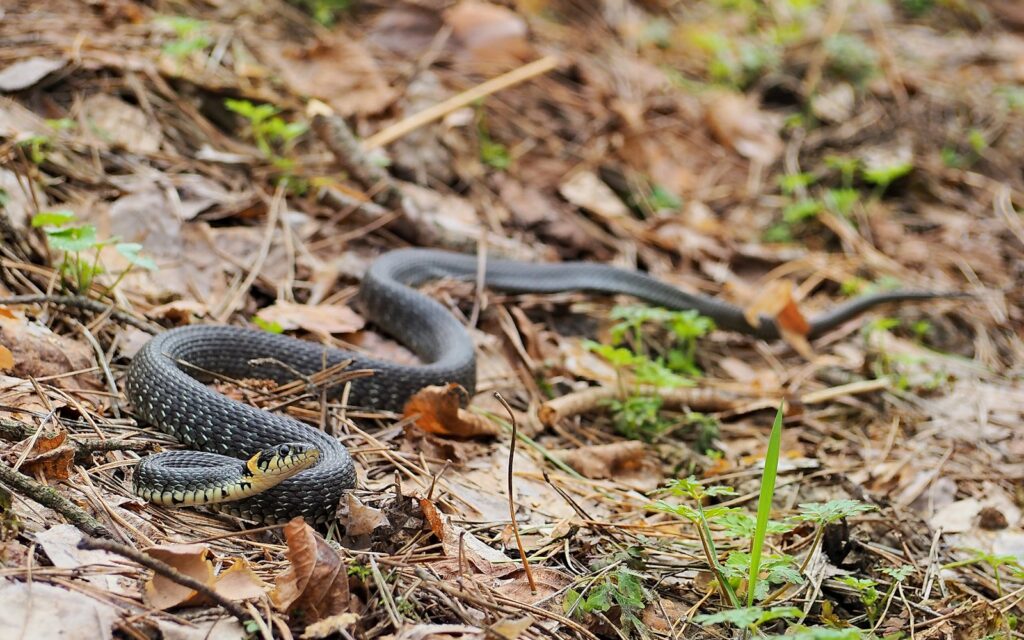
Snakes are primarily motivated by three basic needs: food, shelter, and appropriate temperature conditions. In wilderness settings, these reptiles play crucial ecological roles as both predators and prey, helping to control rodent populations and serving as food for larger predators. Most snake species are non-aggressive and prefer to avoid human contact whenever possible. Their movement patterns typically follow prey availability and suitable habitat conditions, which sometimes intersect with human camping areas. Understanding this natural behavior is the first step in recognizing why snakes might appear at campsites and how to reduce the likelihood of unwanted encounters. Snakes don’t perceive humans as prey but may defend themselves if they feel threatened or cornered.
Food Sources: The Primary Attraction
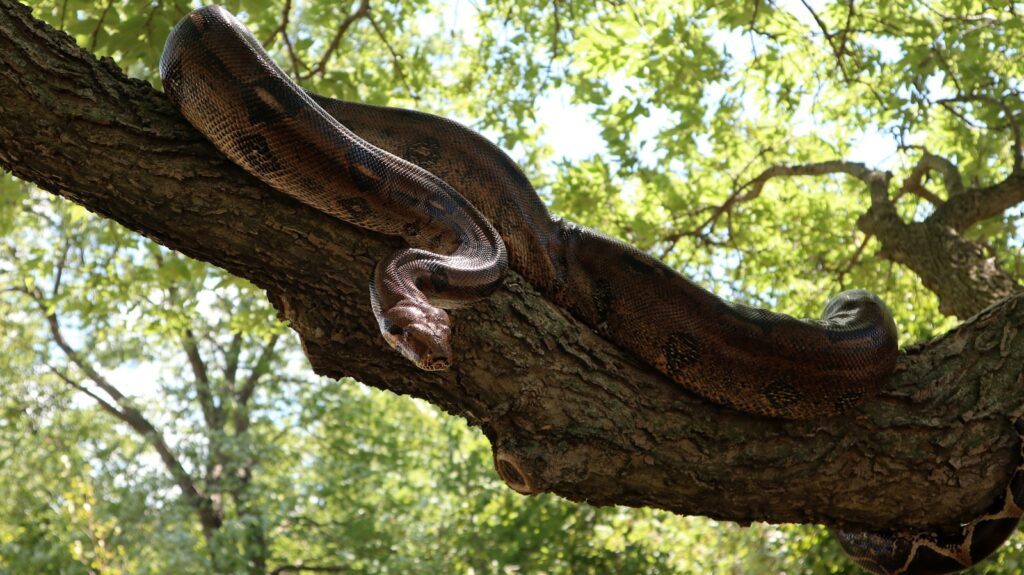
The most significant factor drawing snakes to campsites is the presence of their preferred prey. Rodents like mice, rats, and chipmunks are attracted to food scraps and unsecured provisions, creating a food chain that eventually attracts snakes. Small mammals are particularly drawn to easily accessible food, making improper food storage a gateway for snake visits. Additionally, some snake species feed on insects, frogs, or birds, which may themselves be attracted to camping areas due to light sources, standing water, or food waste. Even seemingly minor food remnants can create a cascade effect that ultimately results in snake activity near your tent. The abundance of prey around campsites effectively turns these human spaces into potential hunting grounds for opportunistic snakes.
Shelter and Hiding Spots
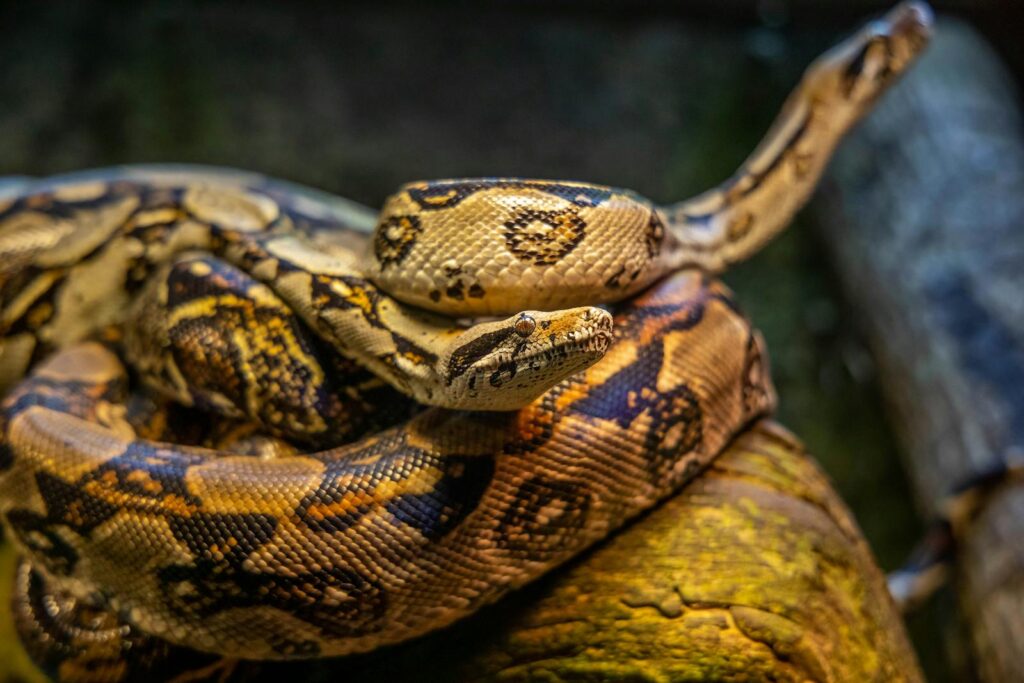
Snakes are constantly seeking secure places to hide from predators and regulate their body temperature. Campsites often unintentionally provide numerous hiding spots that appeal to snakes, such as piles of equipment, stacked firewood, or accumulated debris. Tents and tarps left on the ground for extended periods create dark, protected spaces that snakes may investigate as potential shelter. Gaps under platforms, picnic tables, or storage containers can serve as attractive snake refuges, especially during extreme weather conditions. Even vehicles parked for long periods can create shaded areas underneath that appeal to snakes seeking escape from midday heat. These artificial hiding spots often provide better protection than what’s naturally available in the surrounding environment, making your campsite potentially more attractive than the wilderness around it.
Water Sources and Moisture

Water is a fundamental necessity for all wildlife, including snakes, and its presence can be a significant attractant. Standing water from dishwashing stations, shower areas, or even condensation collecting under tarps can draw snakes to your campsite, particularly in arid regions. Water sources not only provide hydration for snakes but also attract amphibians and other small animals that serve as prey. Some snake species, like water snakes, are naturally drawn to aquatic environments and may be more common near campsites with access to streams, lakes, or ponds. The increased humidity around water sources also creates favorable conditions for snakes that prefer moist environments. Campsites with persistent puddles, leaky water containers, or poor drainage can unintentionally create snake-friendly microclimates that wouldn’t otherwise exist in drier surrounding areas.
Temperature Regulation Opportunities
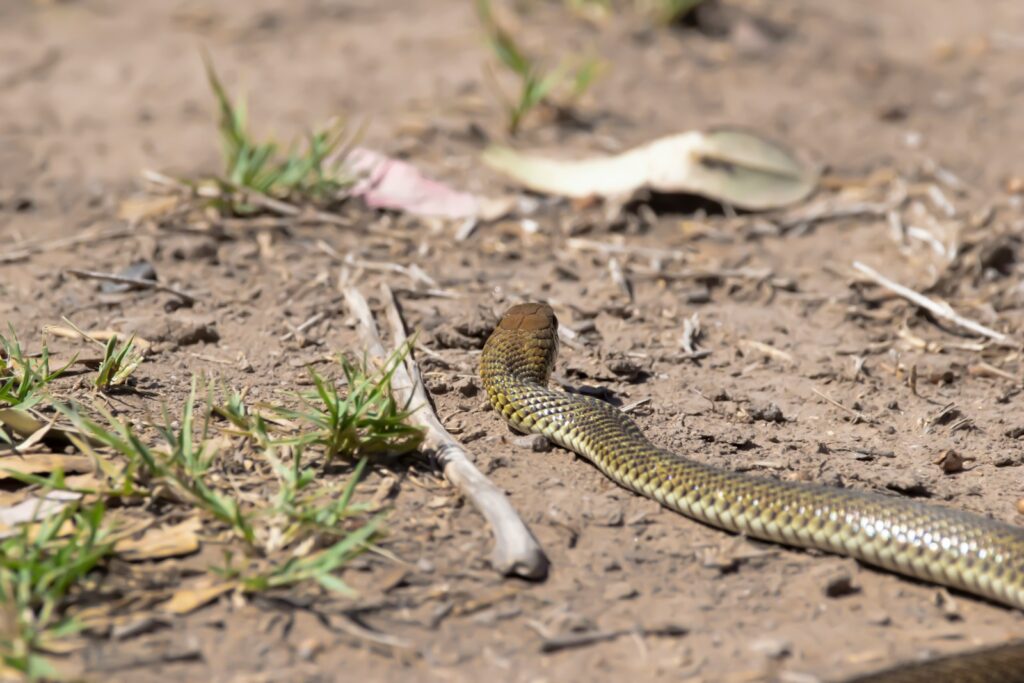
As ectothermic creatures, snakes rely on external heat sources to regulate their body temperature, making temperature management a critical driver of their behavior. Campsite features like sun-warmed rocks, dark-colored tarps, or paths that retain heat can become attractive basking spots for snakes seeking warmth. Conversely, the shade provided by tents, canopies, and equipment offers cooling refuge during hot periods, potentially drawing snakes seeking temperature relief. Campfires and cooking areas may initially repel snakes but can later attract them as these spaces retain heat after human activity ceases. Some snake species are primarily nocturnal and may be attracted to the residual warmth of cooking areas or fire pits after sundown. This temperature-seeking behavior becomes particularly pronounced in regions with extreme temperature fluctuations, where suitable basking or cooling spots might be limited in the natural environment.
Proper Food Storage Techniques
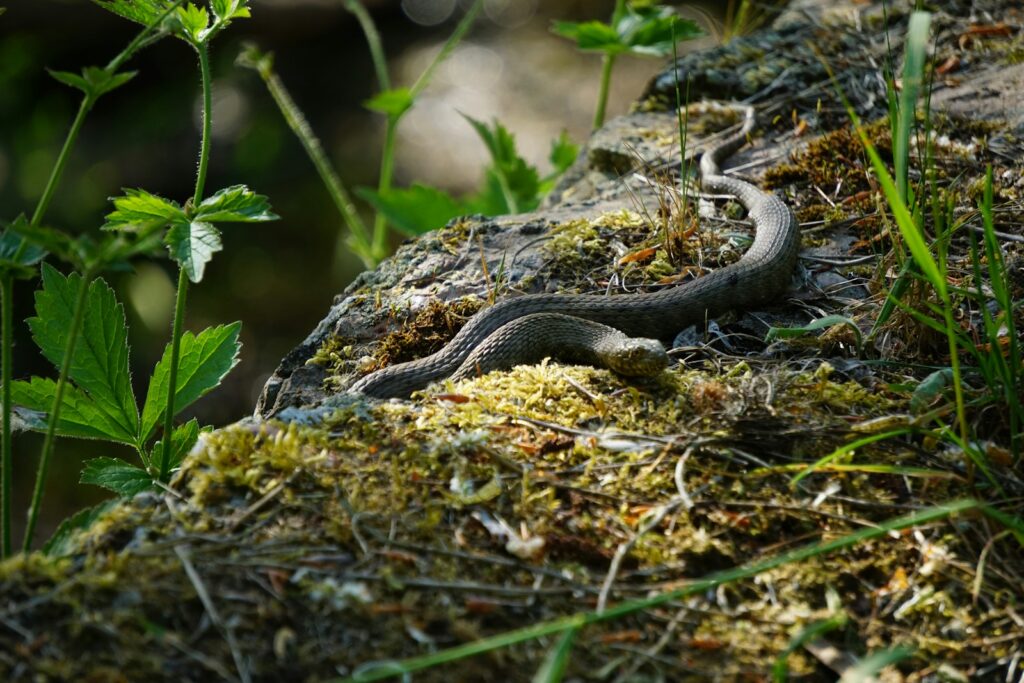
Implementing effective food storage practices is perhaps the most important step in preventing snake visits to your campsite. All food should be stored in airtight, hard-sided containers that prevent odors from escaping and deny access to rodents and insects that might attract snakes. When available, utilize designated food storage lockers provided at established campgrounds, as these are specifically designed to minimize wildlife encounters. Hanging food bags from trees (at least 10 feet high and 4 feet from the trunk) can be effective in areas without storage infrastructure. It’s equally important to properly dispose of food waste in designated receptacles, rinse food packaging before storage, and avoid keeping snacks or food items in sleeping areas. These practices not only reduce snake encounters but also minimize potentially dangerous interactions with larger predators that might follow the same food chains.
Campsite Organization and Cleanliness
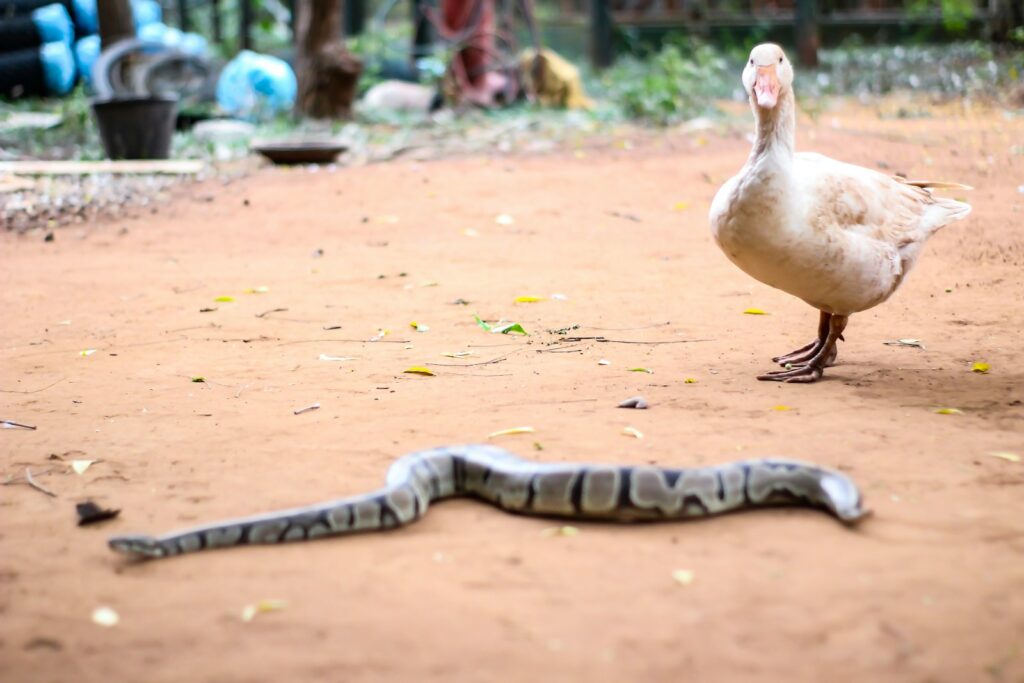
A well-organized, clean campsite significantly reduces its attractiveness to snakes and their prey. Regularly sweep away food crumbs, clean spills promptly, and maintain a tidy cooking area to eliminate food sources that might attract rodents. Store gear and equipment off the ground when possible, using tables, vehicle racks, or suspended systems to eliminate potential hiding spots. Regularly move equipment that must remain on the ground to disrupt any settling wildlife and inspect these items before handling them. Keep sleeping areas particularly clean and free of food residues, as nocturnal rodent activity near sleeping spaces can increase the risk of snake encounters during the night. This diligent approach to campsite organization creates an environment that’s less hospitable to the entire food chain that ultimately attracts snakes.
Strategic Campsite Selection
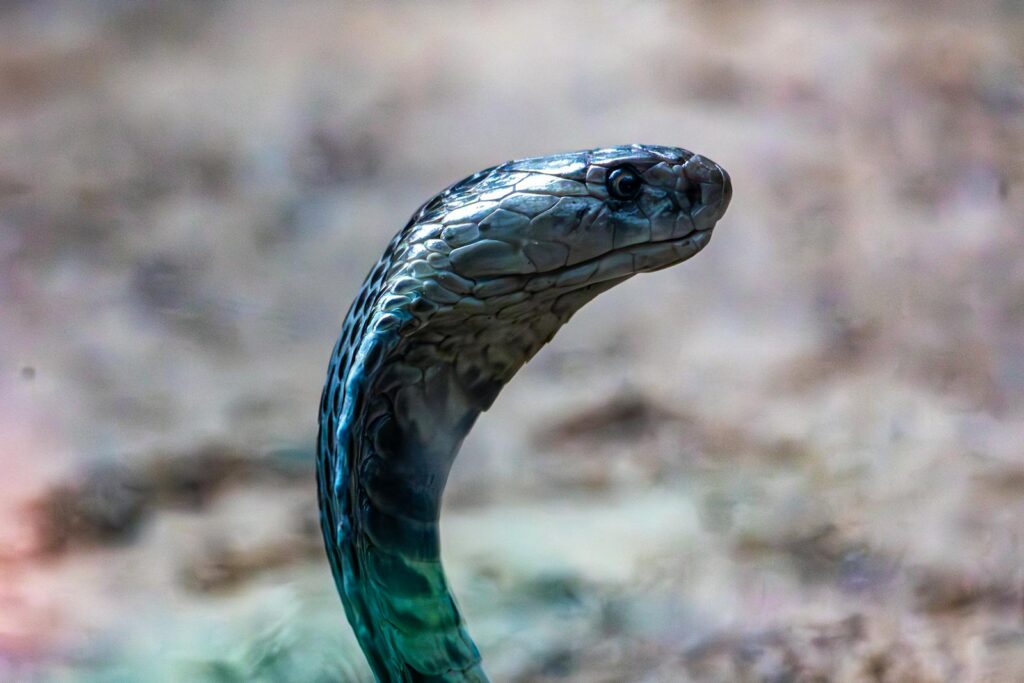
Choosing an appropriate location for your campsite can substantially reduce the likelihood of snake encounters. Avoid setting up camp near known snake habitats such as rock piles, dense underbrush, fallen logs, or areas with high rodent activity. In established campgrounds, select sites away from the periphery of developed areas, as edge zones often experience higher wildlife activity. Elevated, open sites with good visibility and less ground cover generally harbor fewer snakes than densely vegetated or low-lying areas. Consider prevailing wind directions when selecting your site, as upwind locations are less likely to waft food odors into surrounding wildlife habitats. Well-draining sites reduce standing water issues that might attract both amphibians and the snakes that prey upon them, creating a naturally less appealing environment for reptile visitors.
Natural Repellents and Deterrents

While no repellent is 100% effective against all snake species, several natural substances may help discourage snakes from entering your campsite. Sulfur, cinnamon oil, clove oil, and vinegar solutions sprayed around the perimeter of your camp may create barriers that snakes prefer to avoid. Certain plants like lemongrass, marigold, wormwood, and society garlic are thought to repel snakes due to their strong scents, though their effectiveness in temporary camping situations is limited. Some campers report success with spreading materials like cedar chips, eggshells, or holly leaves, which create uncomfortable textured surfaces that snakes typically avoid crossing. While these natural deterrents shouldn’t be your primary prevention method, they can serve as an additional layer of protection when used in conjunction with more reliable snake prevention practices. Remember that these natural repellents may need reapplication after rain or heavy dew.
Managing Artificial Light
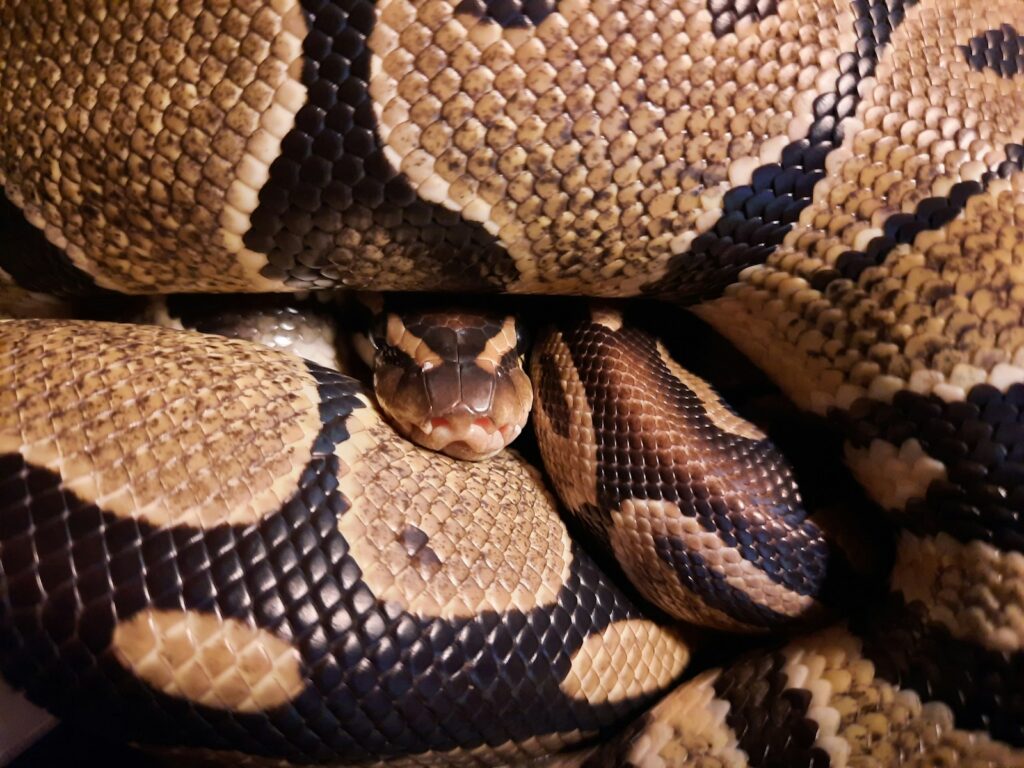
Thoughtful management of artificial lighting can play a significant role in reducing snake activity around campsites. While snakes themselves aren’t typically attracted to light, many insects are, which in turn attracts insect-eating predators including certain snake species. Use lighting only when necessary and consider using amber or red bulbs, which attract fewer insects than standard white or blue lights. Position necessary lighting away from your primary living and sleeping areas to keep any insect activity at a distance. Consider using motion-activated lights rather than constant illumination, which reduces the sustained insect presence that might eventually attract predators. Strategic lighting practices not only reduce potential snake encounters but also minimize disruption to natural nocturnal wildlife behaviors and can improve your overall wilderness experience by preserving the natural darkness of night.
Snake-Proof Barriers and Equipment
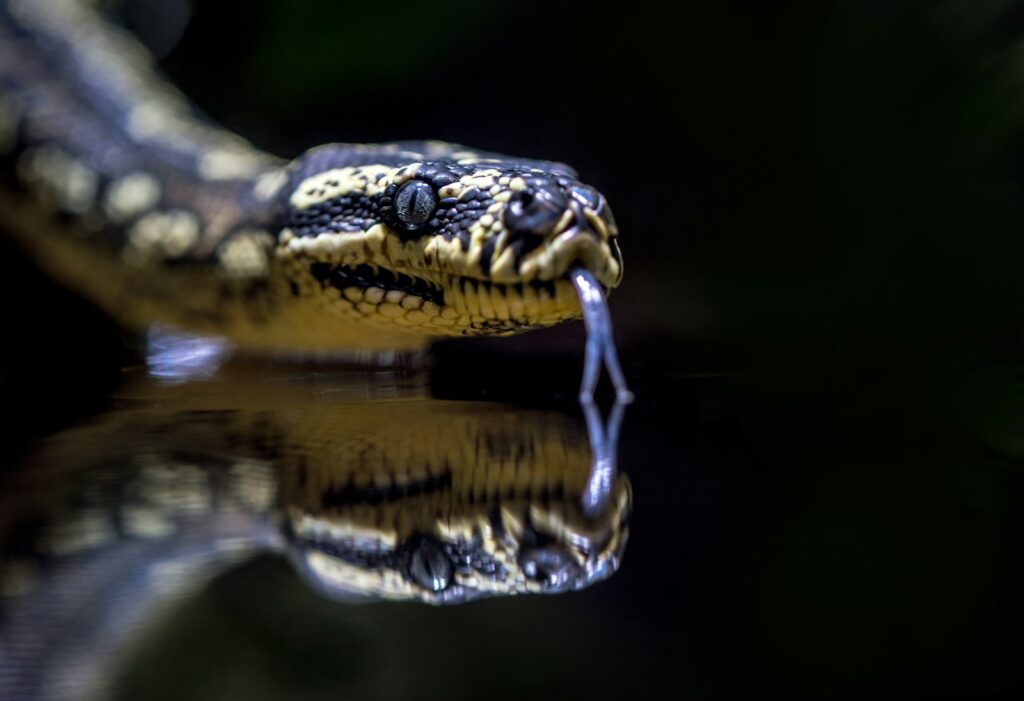
Physical barriers can provide an effective defense against snake intrusions in more established camping situations. Fine mesh snake fencing buried several inches into the ground and angled outward can create an effective perimeter around longer-term campsites. Specialized snake-proof camping gear, such as elevated cots, enclosed hammocks, or tents with full-coverage rainflies that extend to the ground, create protective sleeping environments. Some manufacturers offer snake-resistant gaiters or boots for hiking in snake-prone areas, providing additional protection during activities around your campsite. For vehicle camping, consider snake-proof storage containers for food and supplies, which prevent both rodent and snake access to provisions. While these specialized equipment options represent an investment, they can provide significant peace of mind for campers in regions with high snake populations or for individuals with specific concerns about snake encounters.
Understanding Local Snake Species

Researching the snake species native to your camping area before your trip can significantly enhance both safety and peace of mind. Knowledge of local venomous species, their appearance, preferred habitats, and behavioral patterns allows for appropriate precautions specific to the actual risks present. Many parks and wilderness areas provide information about local wildlife, including snake identification guides and specific recommendations for minimizing encounters. Understanding whether local snakes are primarily diurnal or nocturnal can inform when you should be most vigilant during your camping trip. This research also helps distinguish between harmless and potentially dangerous species, preventing unnecessary fear responses to beneficial snakes that pose no threat to humans. Local knowledge might reveal specific attraction factors relevant to regional snake species that generic prevention advice might not address.
Emergency Preparedness for Snake Encounters
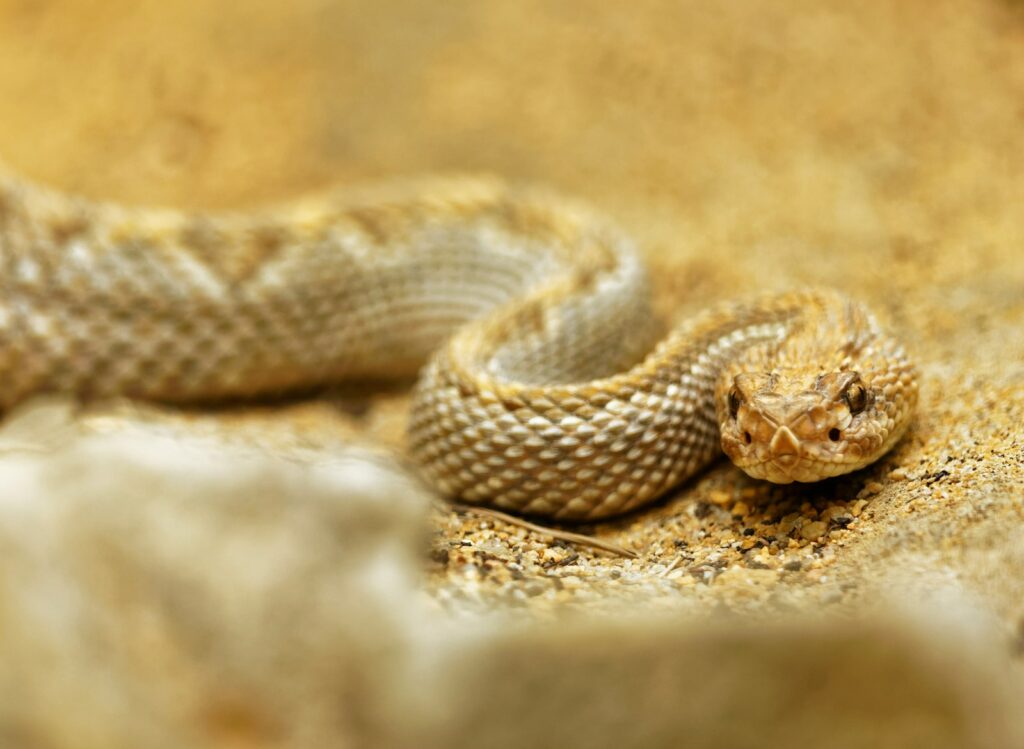
Despite preventive measures, camping in wilderness areas always carries some possibility of snake encounters, making emergency preparedness essential. Always carry a well-stocked first aid kit that includes supplies specifically for snakebite response, such as compression bandages, markers to circle bite areas for monitoring swelling, and antihistamines for allergic reactions. Ensure your camping party knows the location of the nearest medical facilities and has a reliable communication method to call for assistance if needed. In snake-prone areas, consider carrying a snake hook or tongs to safely relocate non-venomous snakes found in your campsite, though attempting to handle venomous species should always be avoided. Establish clear emergency protocols with your camping companions, including evacuation plans and responsible practices for documenting snake species in the event of a bite to assist medical professionals. Remember that preparation significantly reduces risk and contributes to a more confident, enjoyable wilderness experience.
Teaching Children Snake Safety

Camping with children requires special attention to snake safety education, delivered in a way that promotes respect rather than fear of wildlife. Teach children to recognize snake habitat and behavior patterns, emphasizing the importance of leaving wildlife undisturbed and observing from a safe distance. Establish clear rules about not approaching, touching, or throwing objects at snakes encountered during the camping trip. Create a simple reporting system for children to alert adults immediately if they spot a snake, without attempting to interact with it. Make proper footwear a non-negotiable rule, ensuring children wear closed shoes while exploring around the campsite and use a flashlight for nighttime bathroom trips. This educational approach not only reduces the risk of negative encounters but also fosters a generation of responsible wilderness visitors who understand and respect the natural role of snakes in ecosystem health.
Conclusion: Coexisting With Wildlife

Successfully managing snake encounters while camping ultimately comes down to understanding and respecting the natural behaviors of these important reptiles. By implementing the preventive strategies outlined in this article—proper food storage, campsite cleanliness, strategic site selection, and awareness of local species—you can significantly reduce the likelihood of unwanted snake visits while enjoying wilderness areas. Remember that snakes play vital ecological roles and typically have no interest in human interaction; most snake encounters result from inadvertently creating attractive conditions at campsites. With proper preparation and respect for wildlife boundaries, camping can remain a safe, enriching experience that allows for appreciation of all aspects of natural environments, including their native snake populations. The wilderness belongs to all creatures, and learning to share these spaces respectfully enhances rather than diminishes the authentic outdoor experience.

